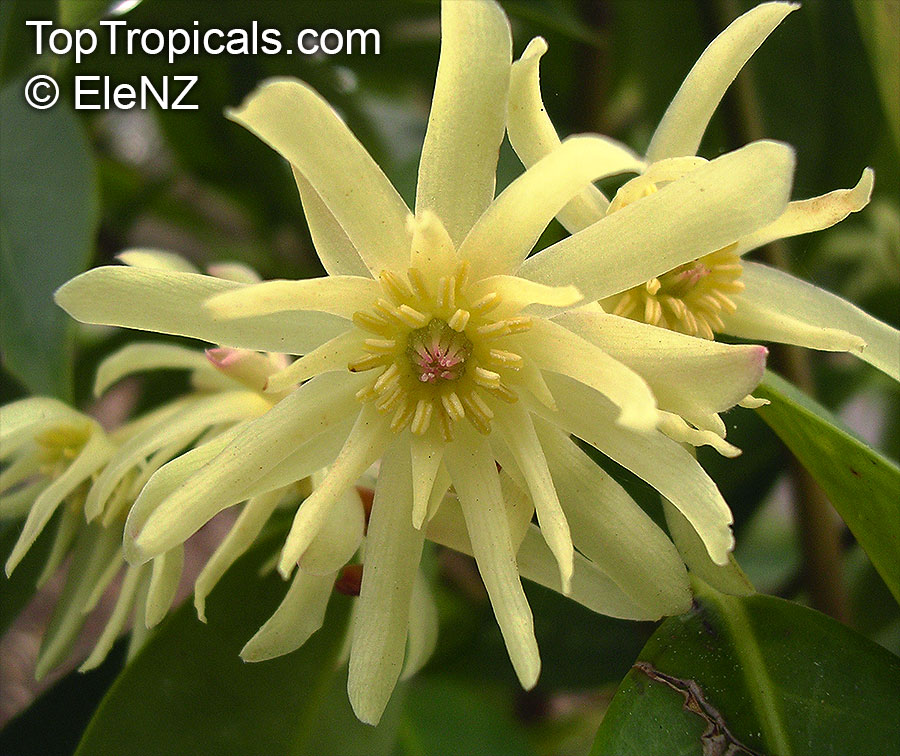Illicium verum - Star Anise
by Onika Amell, tropical plant expert
About the Author
Onika Amell was born in farmer's family in Cape Town, South Africa, and always had a keen interest in gardening. She has been a globe-trotter for many years, traveling along with her husband, an engineer, and her life is worth a novel. In Cape Town she worked in groups "Soil for Life and Work for Love", teaching people how to grow their own food, improve their health, and protect the environment. Onika lived in Galilee, Israel, skydiving over 500 jumps and working on the fields planting, harvesting and caring for various crops (Lychee, Avocado, Bananas, etc), helping out in community gardens... In SE Asia, she taught English at business centers... Upon finally settling in SW Florida, she joined the ECHO Global Farms project on teaching farmers/families around the world about effective crop production... Now as a part of Top Tropicals Team, Onika is our plant expert and a columnist. Onika's biggest passions are plants and... of course – cats, who are her children! She has six of them: Itembi, Freddie Mercury, Donald Trump (he is the difficult one), Tigerlilly, Sweetie, and Jaxson.
What a unique, useful and flavorful plant to grow in your garden! Star Anise (Illicium verum) gets its name from the star shaped fruit which composes of 6 to 8 carpels, each containing a seed. The fruit is harvested when they are still green and are then dried in the sun.
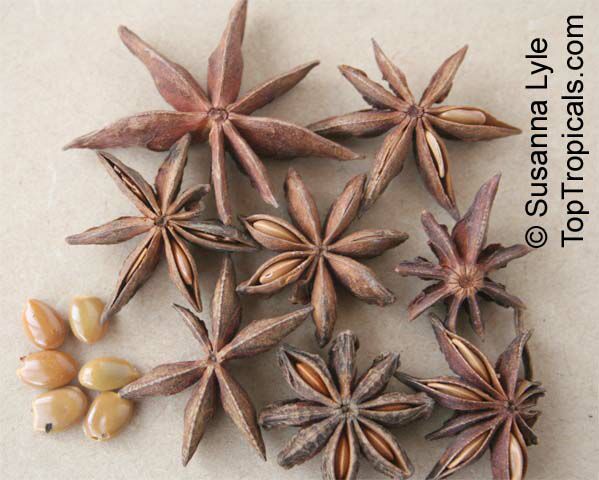
Few gardeners realize Star Anise’s many culinary uses. It can be used whole or ground. So many international dishes get their unique flavor from this wonderful spice. Any “Pho” lovers out there? (Pho is that wonderful Vietnamese noodle soup so loved by many). Did you know that beautiful, aromatic spiciness in the broth derives from this very plant? In fact, it is the signature flavor of Pho!

Star Anise is also used to flavor a whole range of liqueurs, is absolutely delicious in curries and biryani and often used in masala chai. A variety of breads and cakes uses Star Anise for flavor as well as scent.
What does it smell like? Max Falkowitz at Serious Eats sums it up beautifully when he describes the flavor of Star Anise as having a "luxurious headiness along subtle sweet and herbal notes." Think licorice with a hint of cinnamon, clove, fennel seed and aniseed.
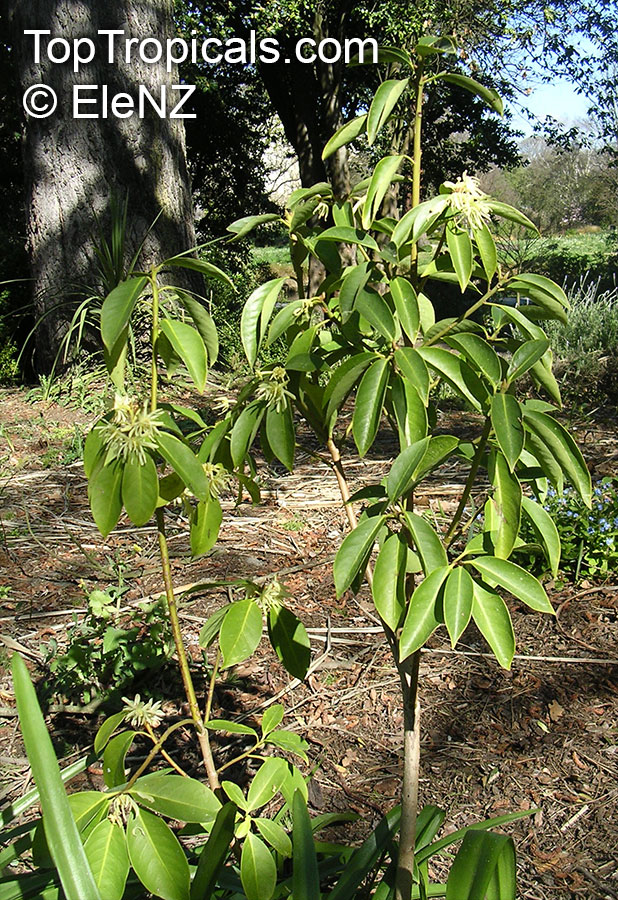
This beautiful evergreen tree can be grown in temperature zones 8 to 10. It can be grown in a pot in the north as it has zero tolerance for frost. When grown in the ground, it has the potential of reaching 26 feet in height and a spread of around 10 feet. Leaves are lance shaped and olive green and produces soft, cup shaped yellow flowers. Star Anise makes a wonderful focal plant although some gardeners prefer to grow it as a hedge. When grown as a hedge it will need some occasional pruning to maintain shape and size. It wants full sun to partial shade and is happy with just about any soil type. Be sure to give it consistent moisture.
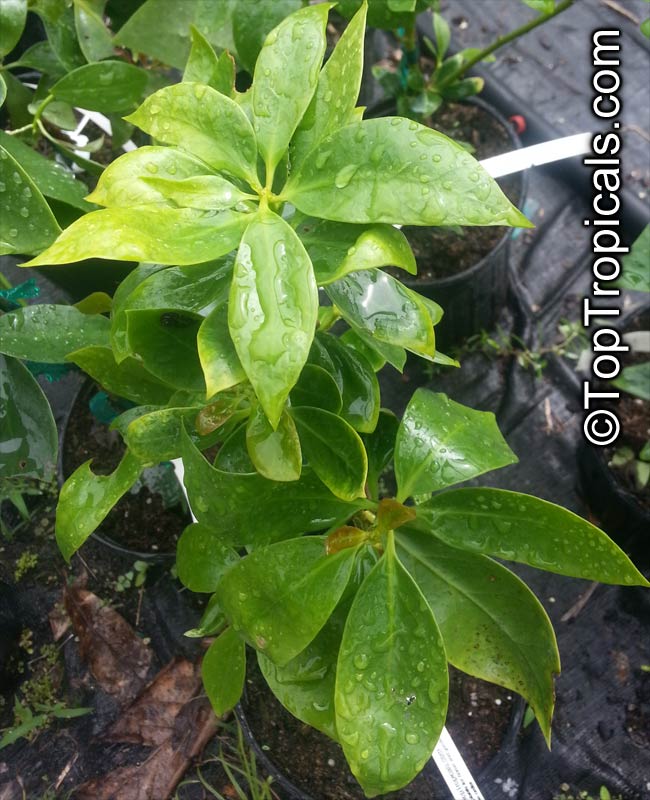
Not only does this spice shine in the kitchen, but it has amazing health benefits. It contains shikimic acid, which is a vital component of the influenza-fighting drug Tamiflu! It boasts with antioxidants and vitamin A and C, which help to fight free radicals responsible for premature aging and diabetes. The oil derived from this plant contains thymol, terpineol and anethole, which is used to treat cough and flu. In addition, drinking Star Anise tea will help digestive issues such as bloating, gas, indigestion, constipation and nausea. It is one of the main ingredients of Masala Chai.
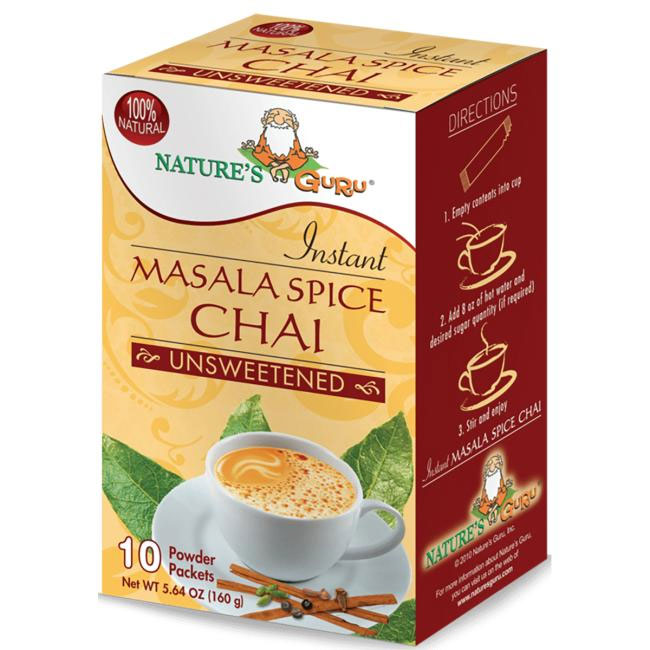
The plants we have in stock right now are grown from seeds from Belize or Gautemala, and to the best of our knowledge are species of the True Anise.
Recommended fertilizers:
SUNSHINE Robusta - Rapid Growth Booster
Tropical Allure - Smart-Release Booster
